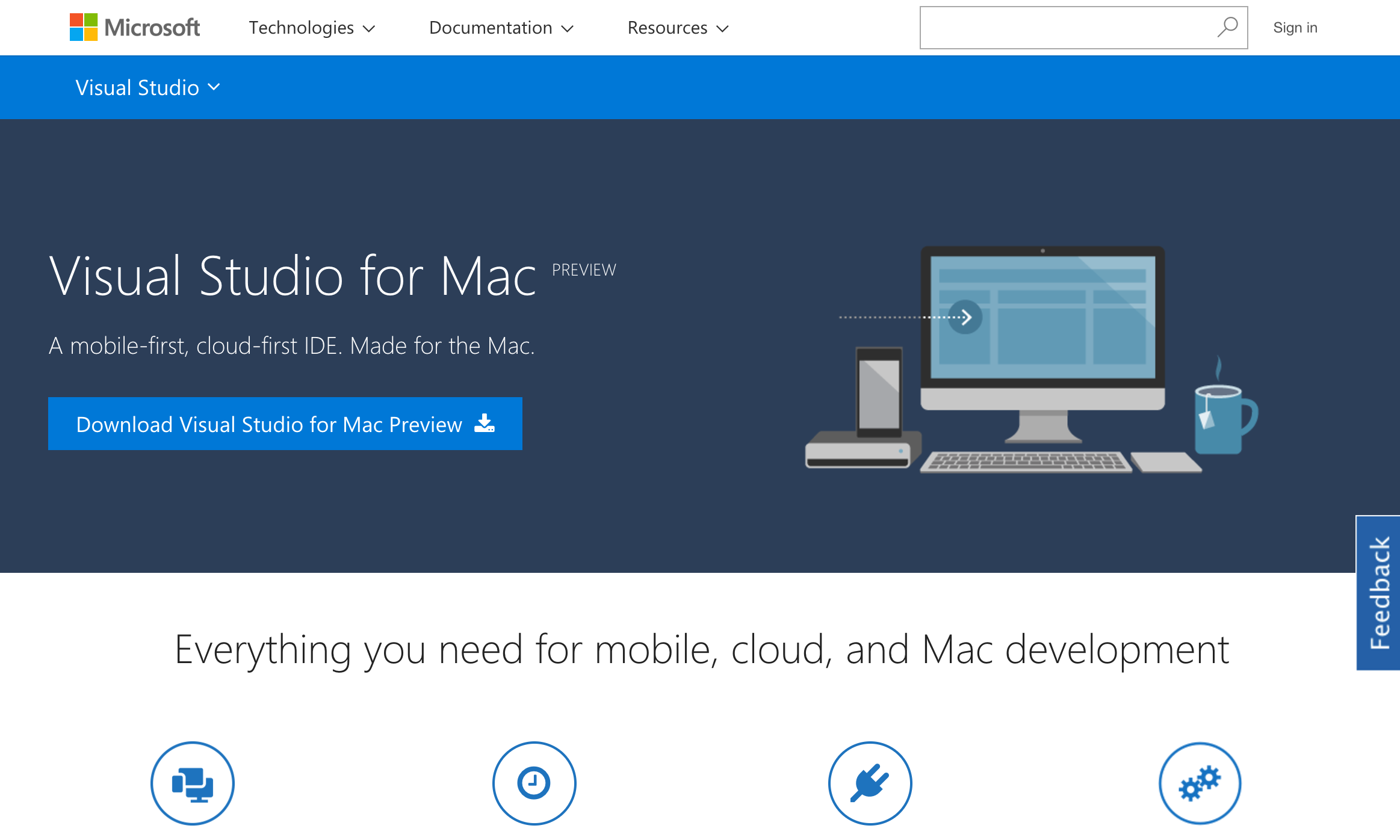
Now that this directory is added, you have to specify that you want the import library linked in. In the above example, we've added the library directory to all configurations for our project ('getcamerafeature'). Go to the Project Property Pages dialog, Configuration Properties, Linker, General, add $(PIXELINK_SDK_ROOT)\lib to the Additional Library Directories. When linking, you'll have to link in the API's DLL import library, PxLApi40.lib, so that the project knows how to use PxLApi40.dll. Now that this directory is added, in your code you can include the header file(s) usingĪnd the compiler will find it in the include path. In the above example, we have added the dir to all configurations for our project ('getcamerafeature'). Select Configuration Properties, C/C++, General, and then add $(PIXELINK_SDK_ROOT)\include to the beginning of the Additional Include Directories field.

Go to the Visual Studio Project Property Pages dialog (From the Project menu, select Properties, or right-click on the project in the Solution Explorer). Please note that this article assumes you already have an existing C/C++ project in Visual Studio. To ensure that Visual Studio can find the PixeLINK API header files and import library, it is recommended that you make use of the PIXELINK_SDK_ROOT environment variable that was created when you installed the SDK. Solution home Software Development Kit Information SDK Launch Pad Configuring Visual Studio for C/C++ Projects Using Pixelink API


 0 kommentar(er)
0 kommentar(er)
